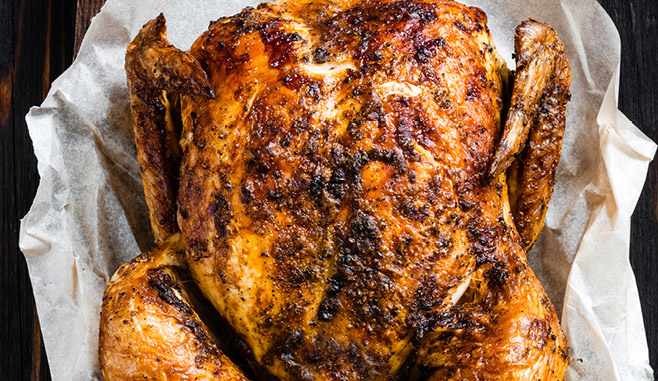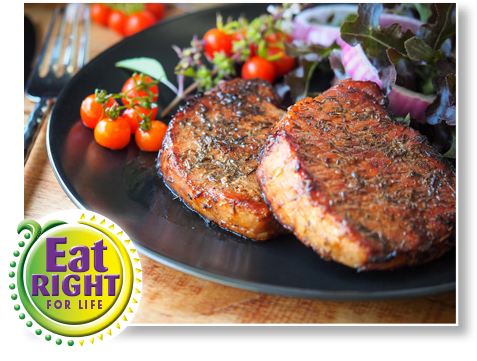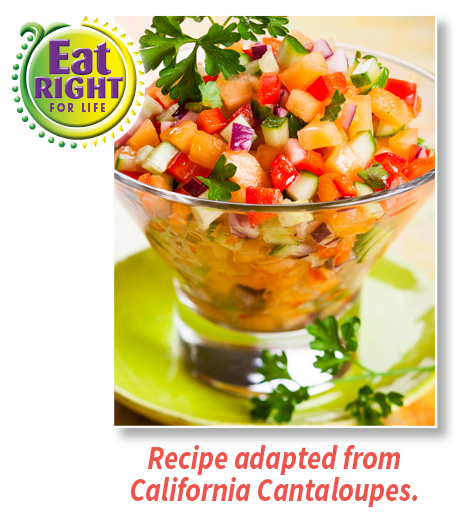
August 04, 2020
Two Meal Tuesdays
DAY 1…
Think cook once and eat twice… it doesn’t have to mean just reheating the exact same boring leftovers. There are simple ways to accomplish 2 distinctly different meals from the same items, just by cooking extra servings. Once they’re cooked or prepped, they’re that much quicker to use in another recipe that has a different flavor profile to avoid being bored on day 2.
Start with a roasted chicken on Day 1 and add your favorite side dish. Then, use leftover chicken in a second dish with a completely different flavor profile on Day 2.
Consider this simple Roasted Chicken recipe for your Day 1 entrée. Then come back tomorrow for details for Day 2.










